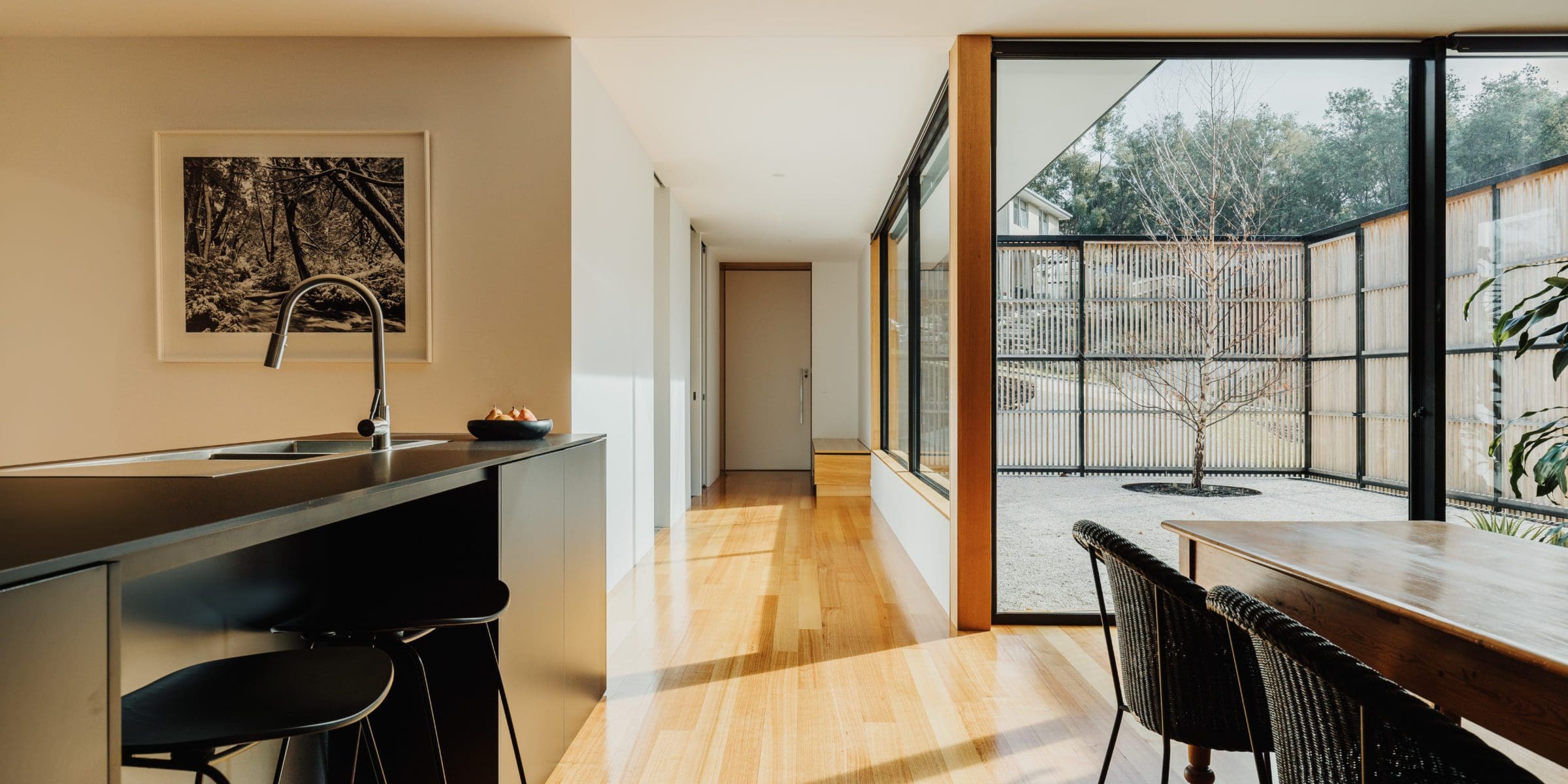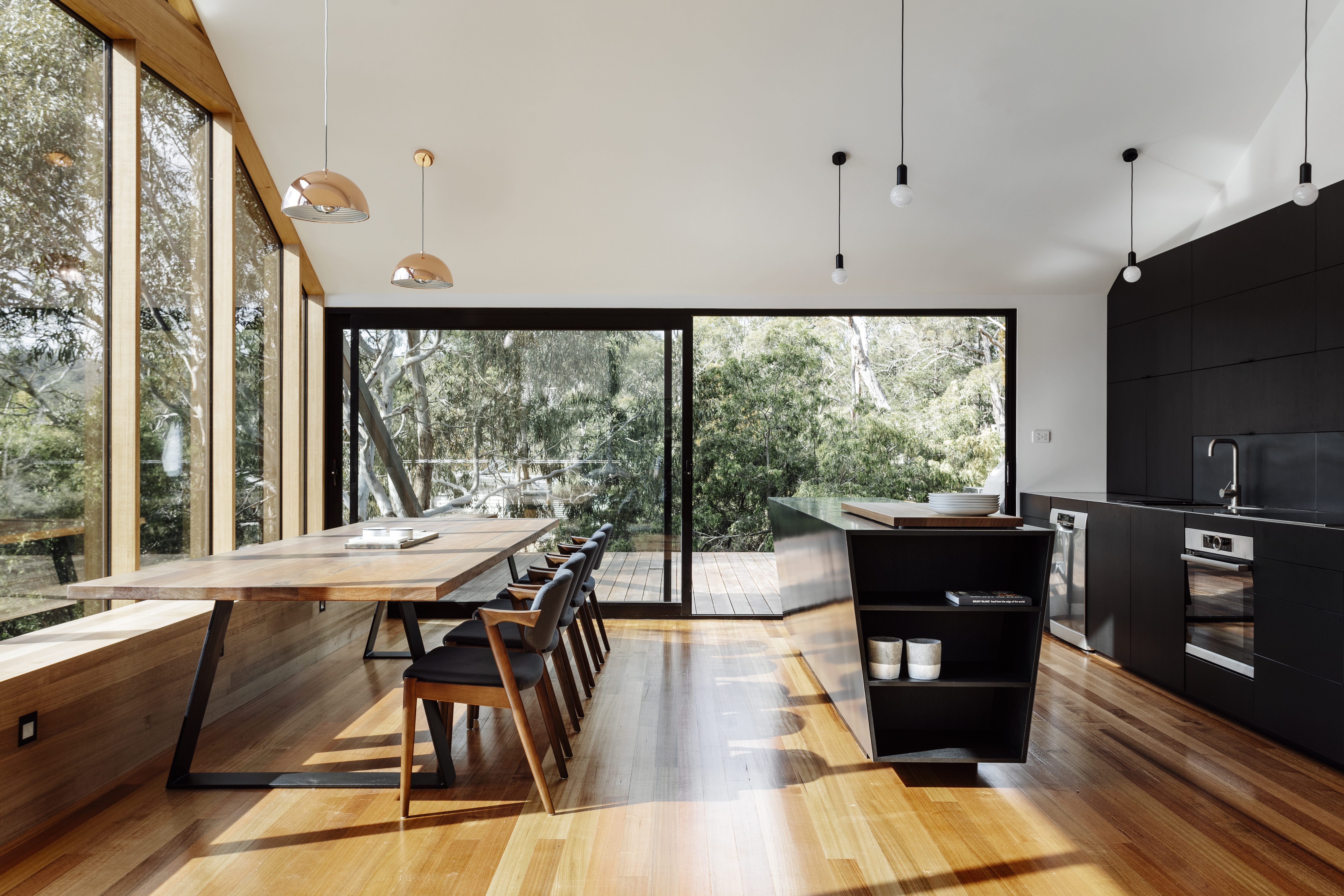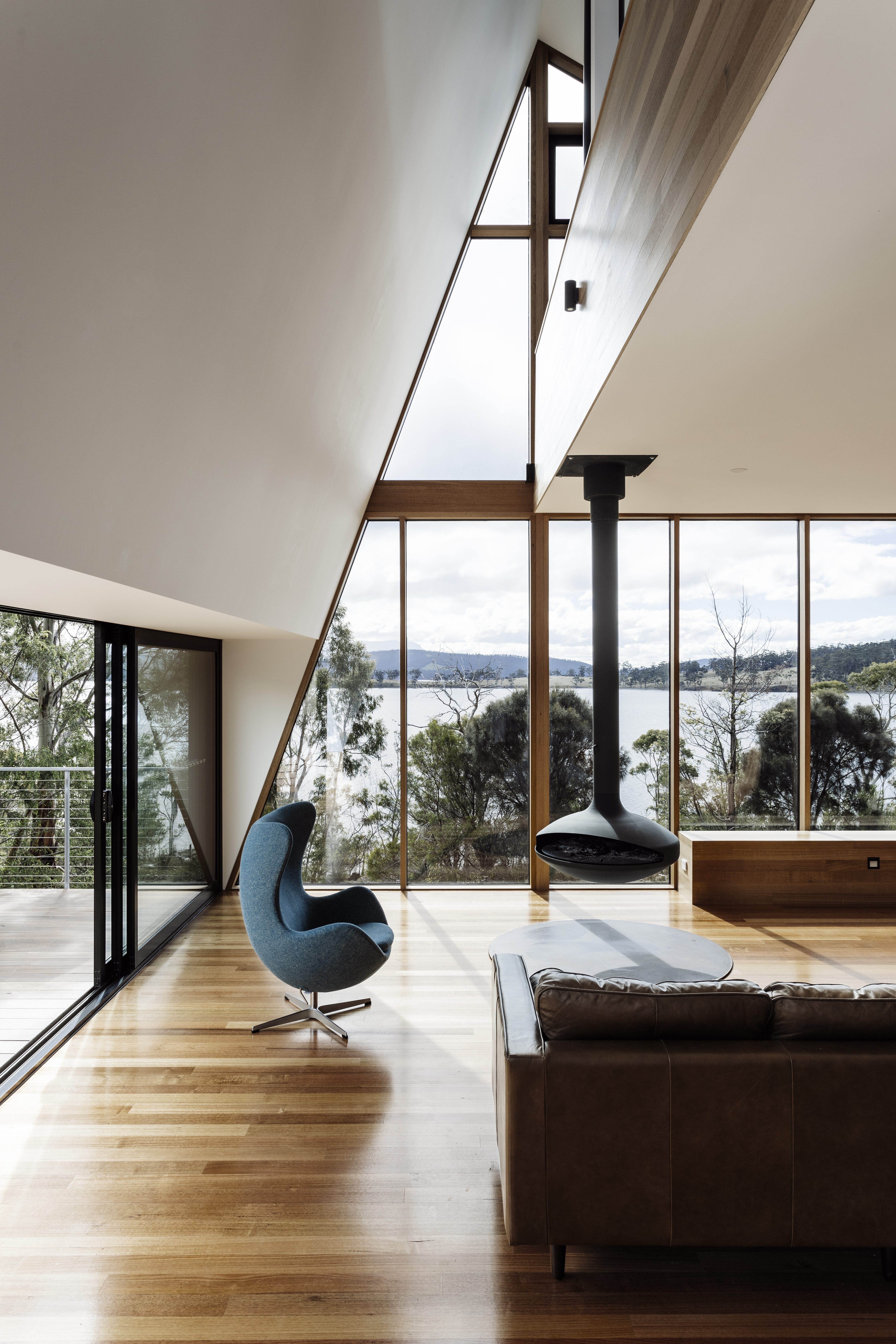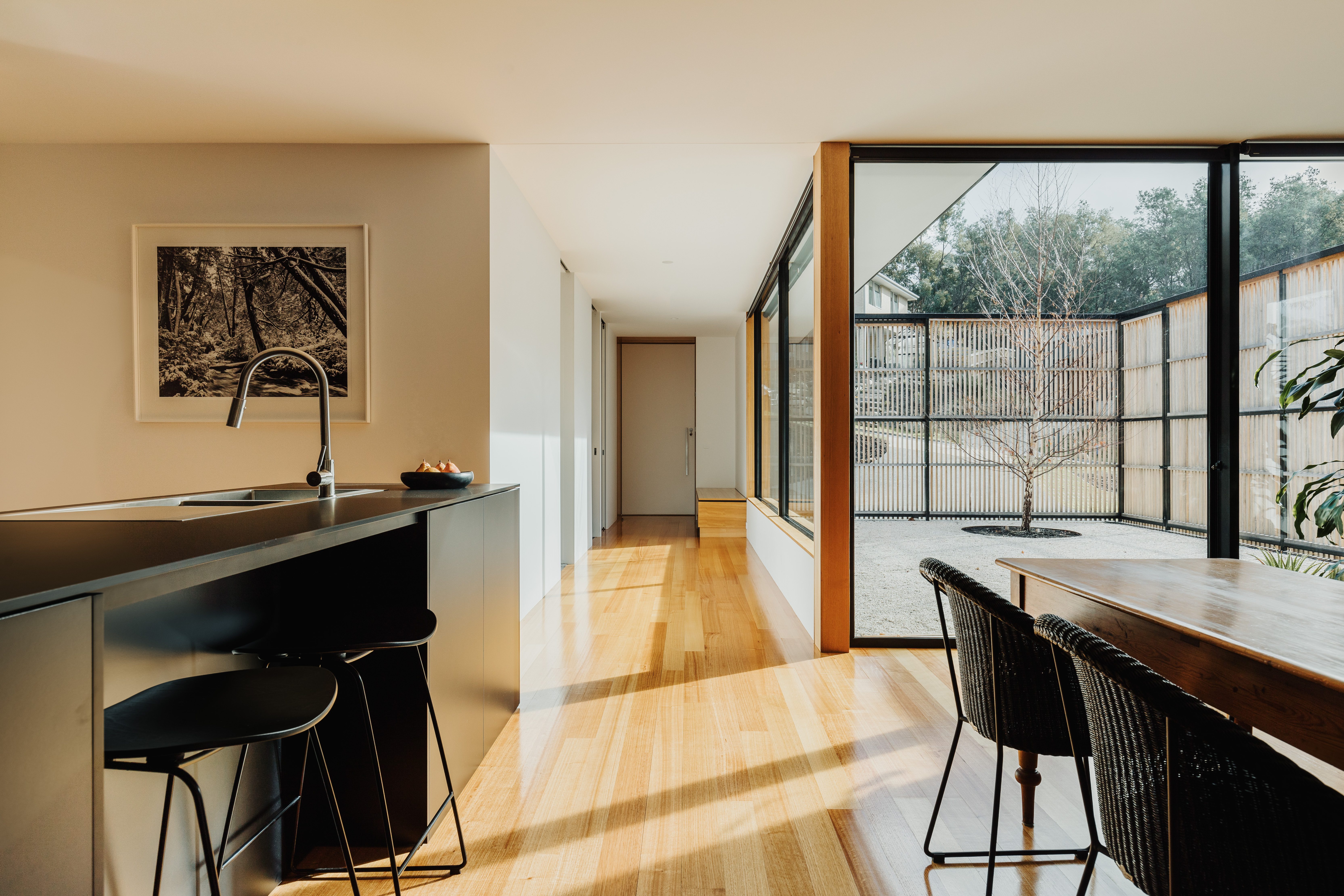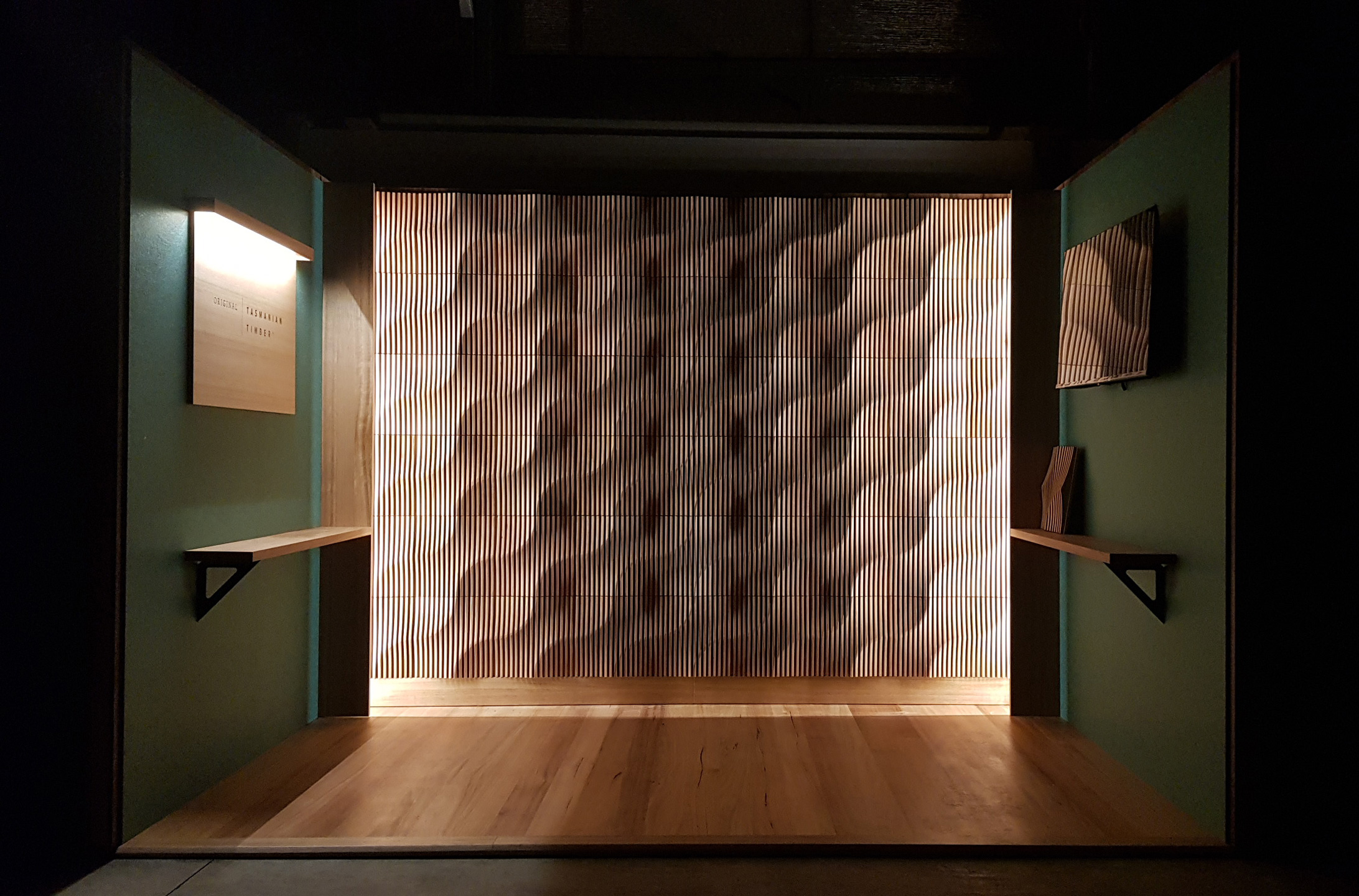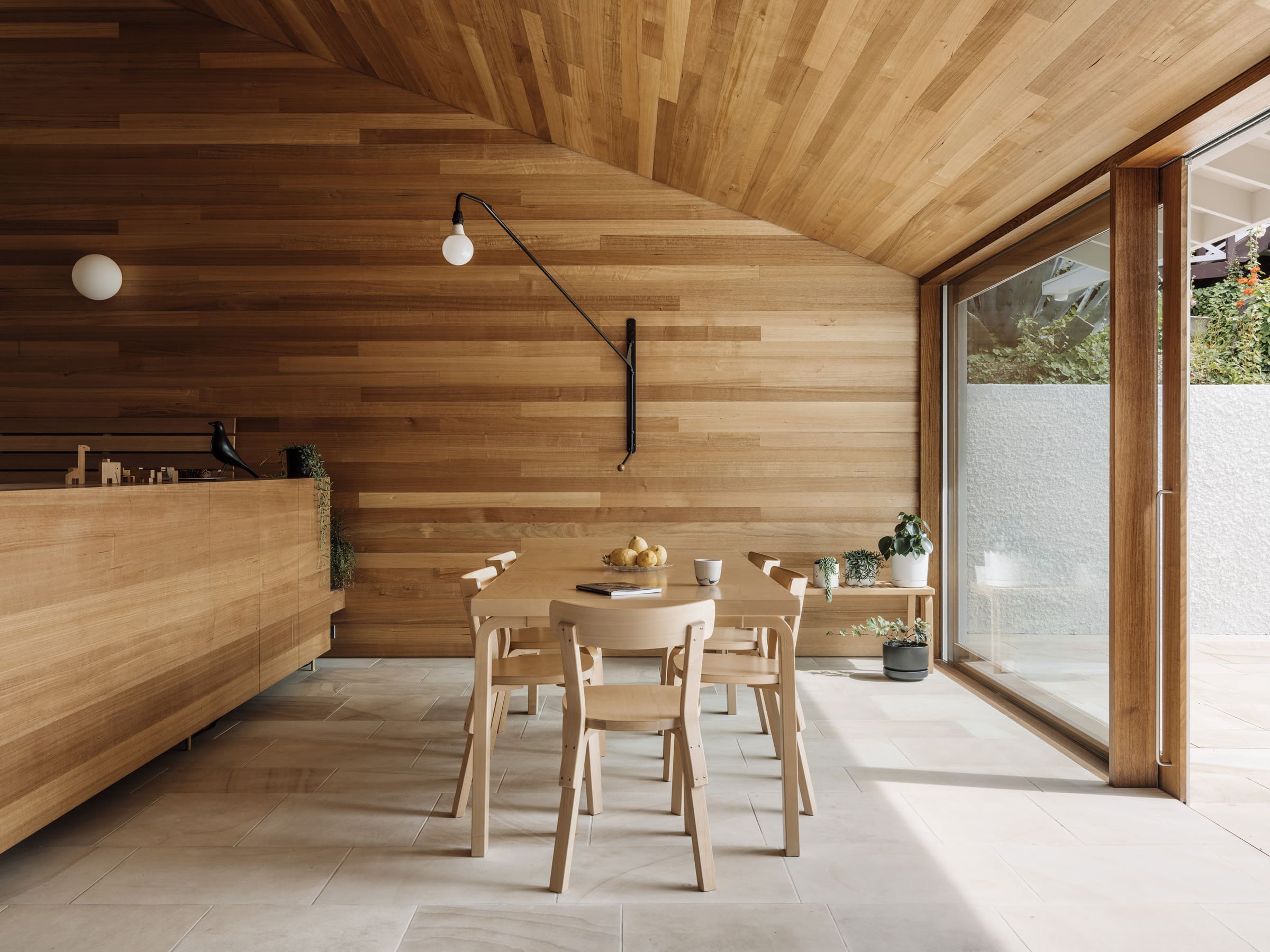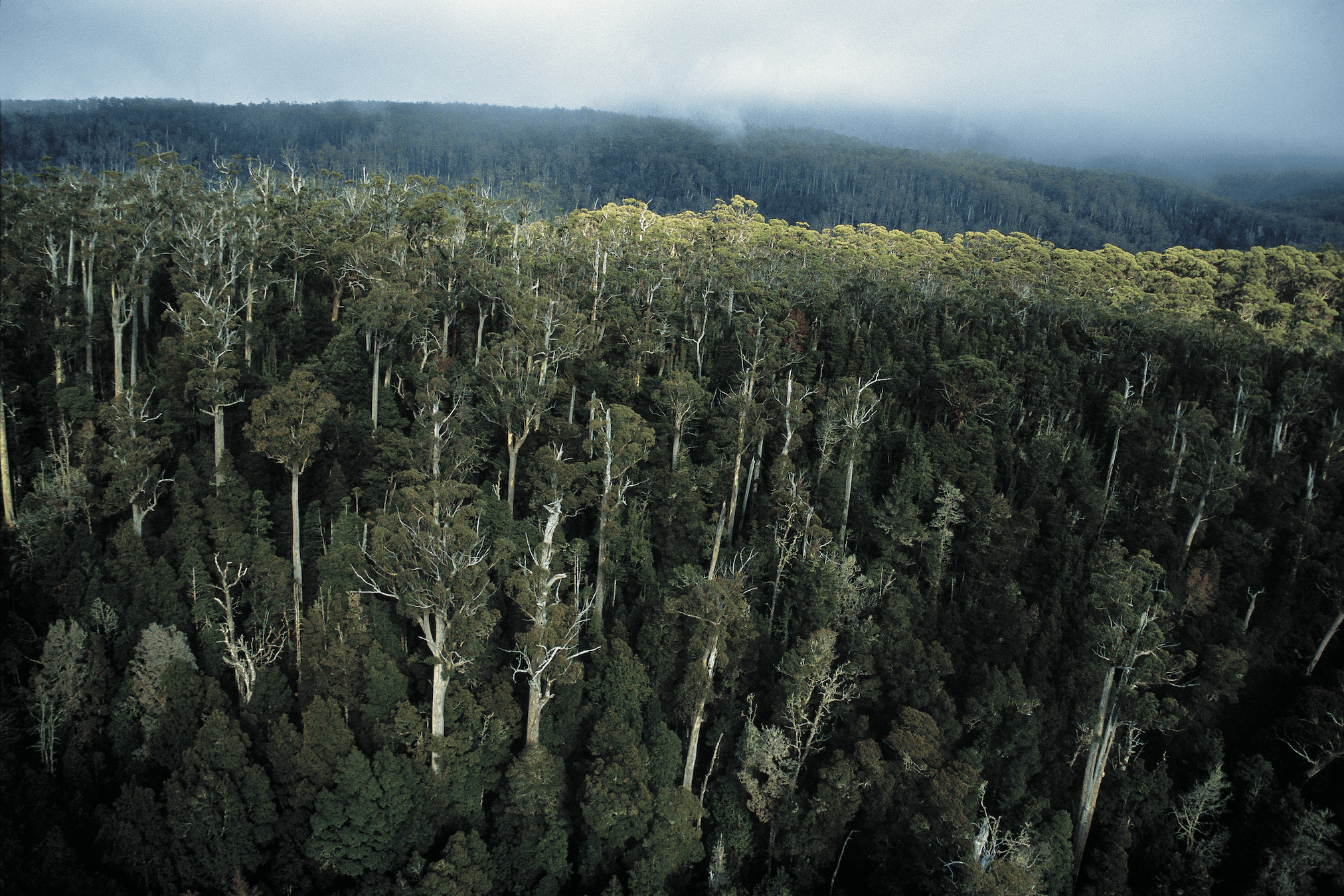Forget Hardness. Stability places Tasmanian Oak at the top of the flooring market.
If you walk into any one of Tasmania or Victoria’s heritage homes, chances are Tasmanian Oak floorboards will be underfoot. Sturdily withstanding the wear and tear of generations, there’s a reason why this timber has been the flooring of choice in Tasmania and beyond for more than a century.
Seeing a trend in Australian specifiers to use local and sustainably sourced Tasmanian Oak in homes across the country, timber expert Michael Lee from the Centre for Sustainable Architecture with Wood at the University of Tasmania offers his insights behind this beloved flooring choice.
Frequently used by architects and builders, Lee explains that Tasmanian Oak has been used for flooring for over a century because of its stability and reliability.
Tasmanian Oak flooring – The Apollo Bay House by Dock4 Architects.
“In the flooring market during the 1970’s, 90% of Victoria was floored in Tasmanian Oak – and it’s still there. The exposed floors you’re now seeing in these renovated houses are Tas Oak. It’s perfect for that marketplace because of its stability.
“We look at a lot of Tasmanian Oak floors, many of them in commercial applications. If issues in the floor ever arise, it’s very rarely the timber product that’s the issue, with the problem likely caused by an external factor.
“The stability of Tas Oak really makes it a premium product and places the material in the upper echelons of the flooring market.”
Tasmanian Oak flooring – Midway Point House by Cumulus Studios
A long history of using Tasmanian Oak
Hobart City Hall recently received an upgrade to its floor that was first laid in Tasmanian Oak in the 1940s. Lee says this floor is a beautiful example of Tasmanian Oak and its durability.
“The Hobart City Hall job was a unique project that required flooring that was extra thick and an odd size of timber. The timber was able to be supplied at these custom requirements and is the most magnificent floor you’ve ever seen. It’s an exquisite example of Tasmanian Oak.”
Tasmanian Oak floors at Hobart City Hall
With the Hobart City Hall project serving as a prime example of what can be done with Tasmanian Oak flooring, Lee explains hardwood is not the only option.
“There’s several types of flooring coming out of the Tasmanian market. Several of Tasmania’s suppliers offer a range of engineered flooring that comes in several different colours and styles.
“There’s also standard engineered flooring and overlay flooring for direct stick over concrete. And of course, solid structural flooring which is available in standard sizes but like the Hobart City Hall project, custom sizes can be accommodated upon request.”
Tassal Offices by Preston Lane
Stability over hardness
Often surrounding the flooring conversation is the Janka hardness scale but Lee says stability is a far more important consideration than hardness where flooring is concerned.
“Stability is definitely more important than hardness,” says Lee. “If specifiers are still concerned with hardness, they need to be aware that Janka ratings can also be deceptive.”
Because Tasmanian Oak is made up of a combination of species including E. Obliqua, E. Delegatensis and E. Regnans, Lee explains the rating of Tasmanian Oak is not an accurate indicator of hardness for the species.
When you look at a Tas Oak floor, some groups would give the floor a Janka rating of 4.9 because it is measured by the lowest possible density in the species mix. Only a very small percentage of Tas Oak is made up of E. Regnans, which is a much softer wood than the E. Obliqua and E. Delegatensis.
“The bulk of the Tas Oak mix is now E. Obliqua which would actually sit somewhere between a 6 and a 7 on the Janka scale, which is quite a good commercial grade of hardness.”
“In my opinion, Tasmanian Oak is as good of a product as any, especially in a residential or sensibly detailed commercial environment.”


